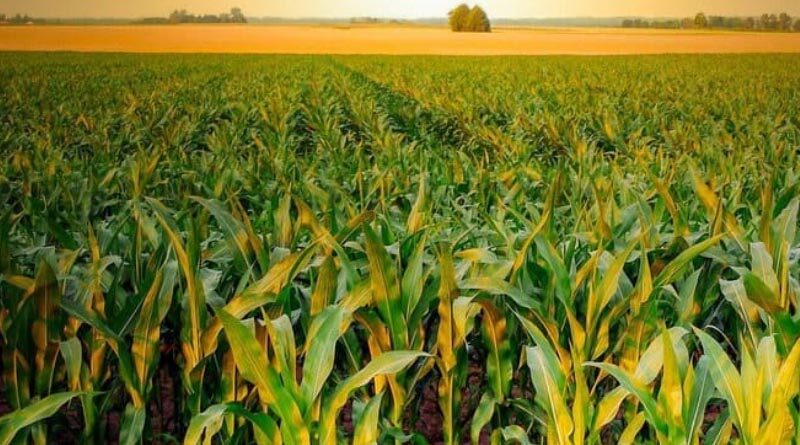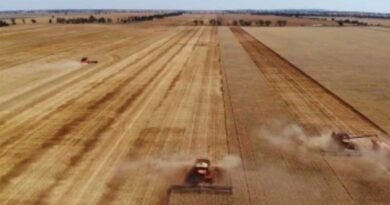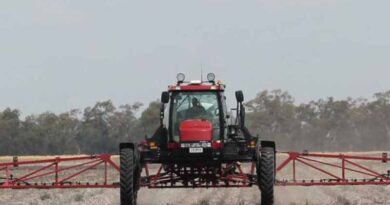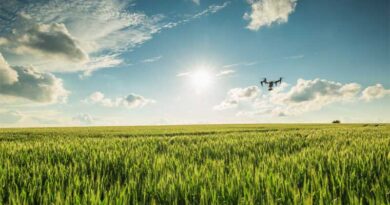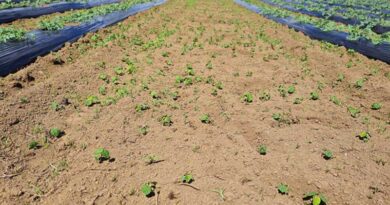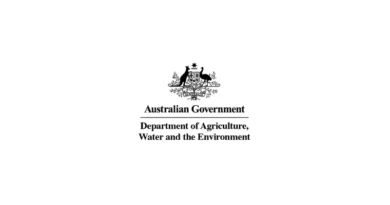Australia: Major partnership to deliver spray hazard warning system
15 March 2022, AU: The grains and cotton industries have today announced a $5.5 million investment to help minimise spray drift through a five-year partnership with Australian agtech company, Goanna Ag.
The investment will see the Grains Research and Development Corporation (GRDC) and Cotton Research and Development Corporation (CRDC), in partnership with Goanna Ag develop a spray drift hazardous weather warning system that will provide real-time weather data and alerts to growers and spray operators about the presence of temperature inversions.
Goanna Ag will establish, operate and maintain a network of 100 Profiling Automatic Weather Stations (PAWS) across the grain and cotton regions of NSW, southern and central QLD. The PAWS have remote sensing capability and new proprietary software to provide growers and spray contractors real-time weather data every 10 minutes.
Being able to accurately identify the presence of hazardous temperature inversions will reduce the spray drift risk for growers and spray contractors. Currently regulations do not permit spraying agricultural chemicals when hazardous surface temperature inversions are present.
The network will provide a 24-hour forecast, broken into two hourly segments, of hazardous temperature inversions periods, significantly help growers and spray contractors to plan the logistics of spray operations.
Hazardous surface temperature inversions occur when air temperature increases with height from the ground surface, leaving a layer of cool air trapped below warm air. In this situation droplets can remain suspended in the inversion layer in concentrated form and be carried significant distances from the target area.
The PAWS warning system builds on breakthrough research, conducted and published by Drs Graeme Tepper and Warwick Grace with support from GRDC and CRDC, and will be operational in time for the 2022-23 summer cropping season.
GRDC Chair John Woods said the warning system would improve on-farm decision making by accurately identifying and forecasting hazardous spray conditions.
“Until recently, there has been no reliable and accurate method to determine when inversion conditions are hazardous for agricultural spraying using real time data,” Mr Woods said.
“These hazardous inversion conditions exist most nights of the year for undefined periods, so we need to have the ability to know exactly when they are occurring and stop spraying. The warning system will provide this critical information to help inform on-farm decision making.
“This is a clear example of GRDC working collaboratively with other research and development corporations (RDCs) and commercial partners to really deliver innovative, new technology for the agricultural industry as a whole.”
CRDC’s Executive Director Dr Ian Taylor said the partnership with Goanna Ag builds on six years of collaborative research and development from the RDCs.
“As research leaders, our organisations are committed to investing in research that supports improved on-farm practices and the sustainability of agriculture. Spray drift is a significant issue for agriculture and the wider community, and reducing its potential and impact is critical,” he said.
“A study conducted by AgEcon found that the warning system could help reduce the impact of spray drift onto sensitive crops, while also increasing chemical efficacy and improving labour and machinery productivity on farm. In cotton alone, the warning system could help the industry avoid $40 million in losses and costs associated with spray drift over five years.”
CEO Alicia Garden said Goanna Ag was the ideal partner for this project, given the company already runs Australia’s most comprehensive weather station network.
“Every hectare of the NSW broadacre cropping belt is already within 25km of a Goanna Ag automatic weather station, providing local and accurate information to growers. With this partnership, we will be delivering another 100 stations with additional critical information for spray hazard identification to the grain and cotton regions of central and southern QLD and NSW,” said Alicia.
“Our speciality is providing essential information to growers on-farm via ag sensing technology. Through the creation of the hazardous weather warning system, we’ll be applying this knowledge and technology to the important issue of spray drift.”

